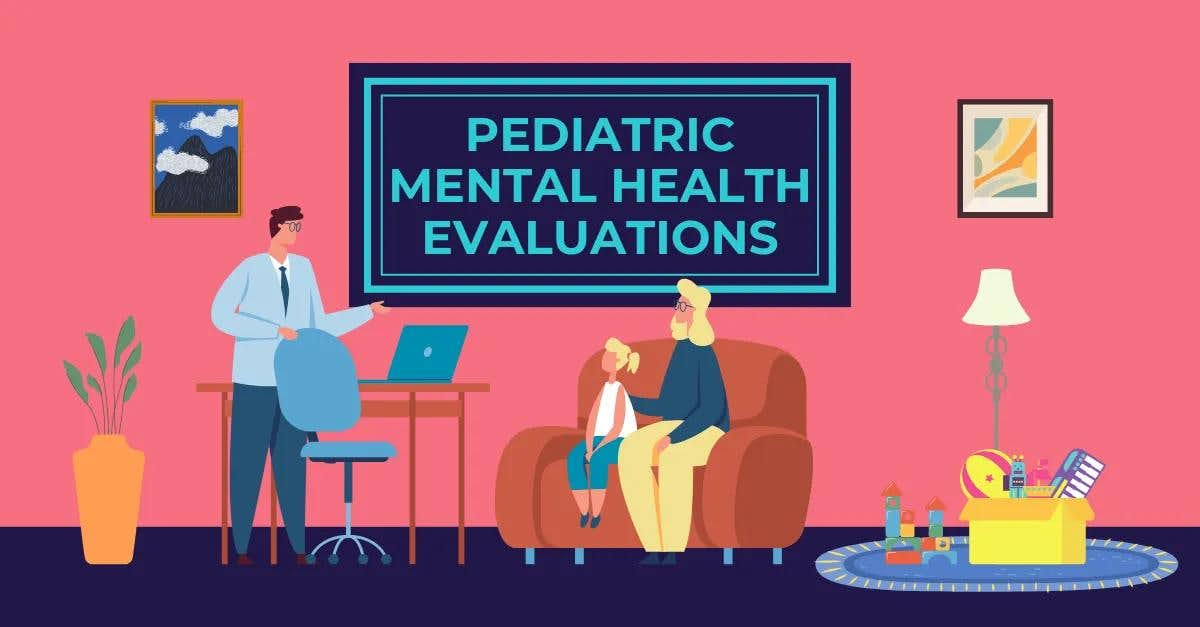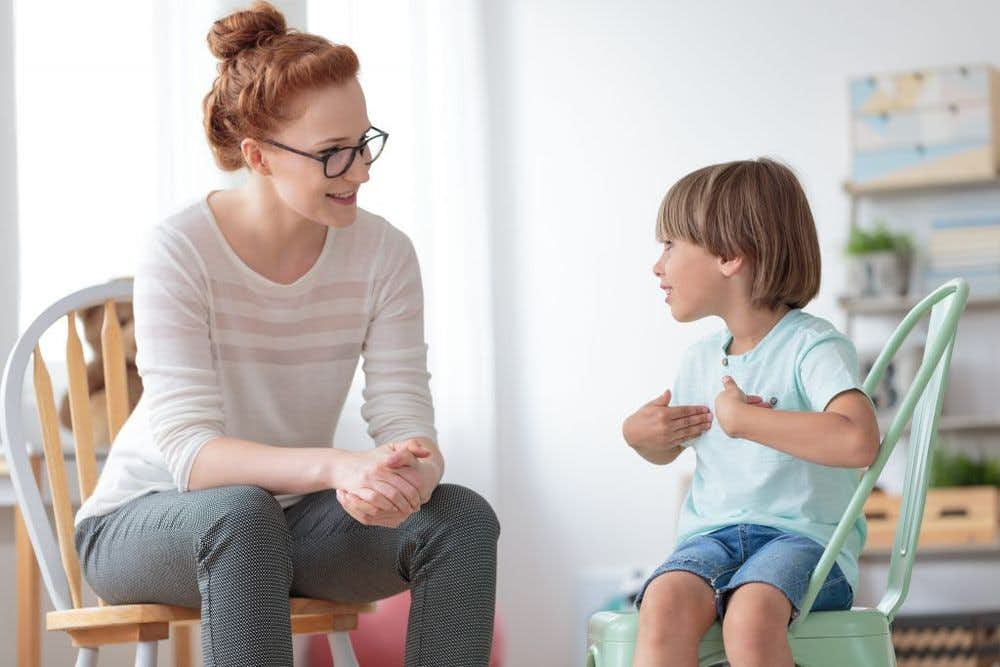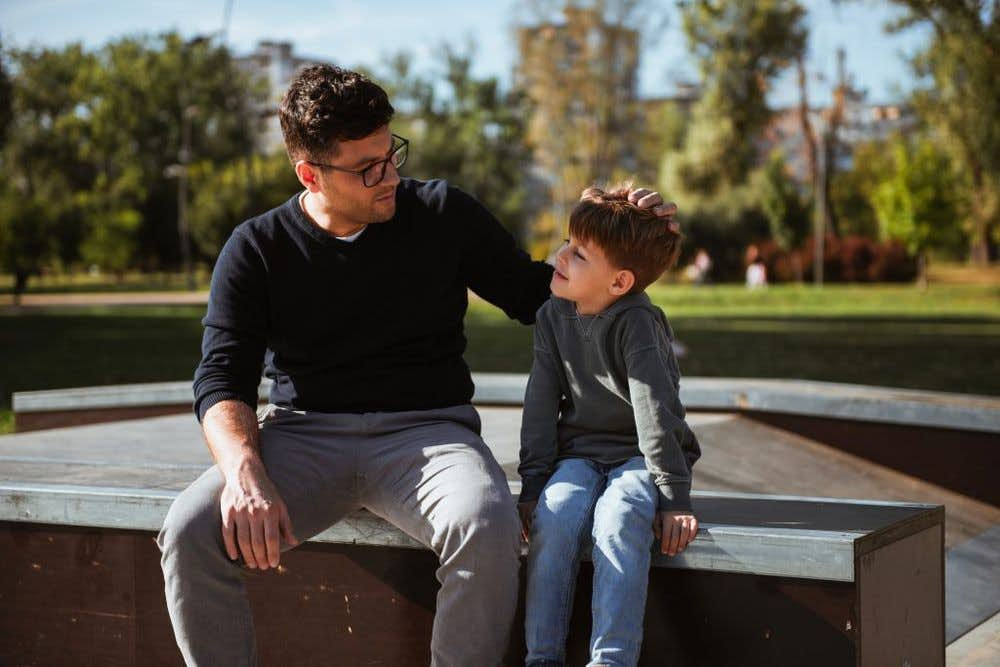August 24th, 2022

Have you ever wondered why your child may struggle in school? Or why do they have difficulties completing tasks at home? Or maybe worry about how they are getting along with peers? While some of these issues may be a part of typical age development, you may wonder why it is particularly challenging for your child and what to do about it.
Psychological testing is an option. It is a specialized, in-depth process conducted by a licensed clinical psychologist to evaluate the person’s intellectual skills, academic skills, cognitive abilities, personality features, socioemotional well-being, and coping styles. You may decide that getting an assessment for your child or adolescent will be important for their future, help you better understand them, and get them the support and resources they need.
However, how would you communicate this to them? How do we help them get excited, engaged, and invested in the process?

First, we have to understand what is involved in an assessment. Every assessment is individualized and unique to the person’s presenting concerns. But generally, an assessment would involve:

It is not a quick process, and for children and adolescents, this sounds like a big ask. What if they resist? What if they don’t want to participate? Here are some ideas or tips that may help make this a smoother process:
An example conversation starter may be:
“I’ve noticed it has been a bit tough for you recently. What do you think? (pause for response). You know, you do really well at ________, but I agree and have noticed ____________________ (use their words). I’ve been thinking that if we knew more about how you think, learn, and understand things, I could do a better job of helping you and maybe show [teachers, grandparents, coaches, etc.] the best way to teach and work with you. I recently met with someone who can help us answer some of the questions you and I have. Their job is to help kids learn and understand their brain and figure out what you’re really good at as well as what ideas we can do to help you on things that are hard for you.”
Use your child’s words to help them understand. Be thoughtful about using age-appropriate language. They notice they struggle too but are likely to use different words than adults to describe what is difficult. For example, “I hate school,” “I’m always in trouble because my teacher doesn’t like me,” or “I don’t have any friends.”
Take pauses and check in with your child to see if they understand. Pay attention to their facial expression and body language. If they seem disconnected or like they are not paying attention, ask to see if they have any questions or if they understood what a particular word means. I found that when my child looks at me blankly, it was because I used a word that she didn’t know the definition of.

Ultimately, we want to get your child’s or adolescent’s buy-in. We don’t want to test them without their permission because it would be difficult to get an accurate assessment if they are not putting in a good effort. We may take extra care and time here to build the relationship and answer any questions or concerns that they may have. You may want to tell them:
We want to avoid pressuring them because that may create stress and anxiety as well as increase resistance and avoidance.
Choose the time and place to have this conversation. A place with little distraction but not intimidating would be helpful. I sometimes have the best conversations with my child in the car. I’m looking at the road, not directly at them, reducing intimidation. Make sure they are also not distracted by the TV, tablet, or other things that are going on in the environment. During a walk is a great example as well.
You’re taking a big step, and it can be an intimidating process. Utilize your psychologist as a source of support. We are here to support you and your family on this journey!
Written by Dr. Kailyn Bobb, PsyD.
At Clarity Clinic, we have highly trained staff who specialize in therapy and psychiatry services. To learn more about how we can support your mental health, call Clarity Clinic at (312) 815-9660 or schedule an appointment today.

Our Services
Virtual/Online CarePHP and IOPAdult PsychiatryChild & Adolescent PsychiatryAdult TherapyChild & Adolescent TherapyCouples CounselingFamily TherapyGroup TherapyPsychological TestingTranscranial Magnetic Stimulation (TMS)Resources
Refer a PatientCareersClinical Training OpportunitiesOur ProvidersFree Mental Health TestsCommonly Prescribed MedicationsLocationsBlogIn The NewsClarity Through CharityClarity for AllQuick Links
Patient PortalFAQsAccepted InsurancesContact us